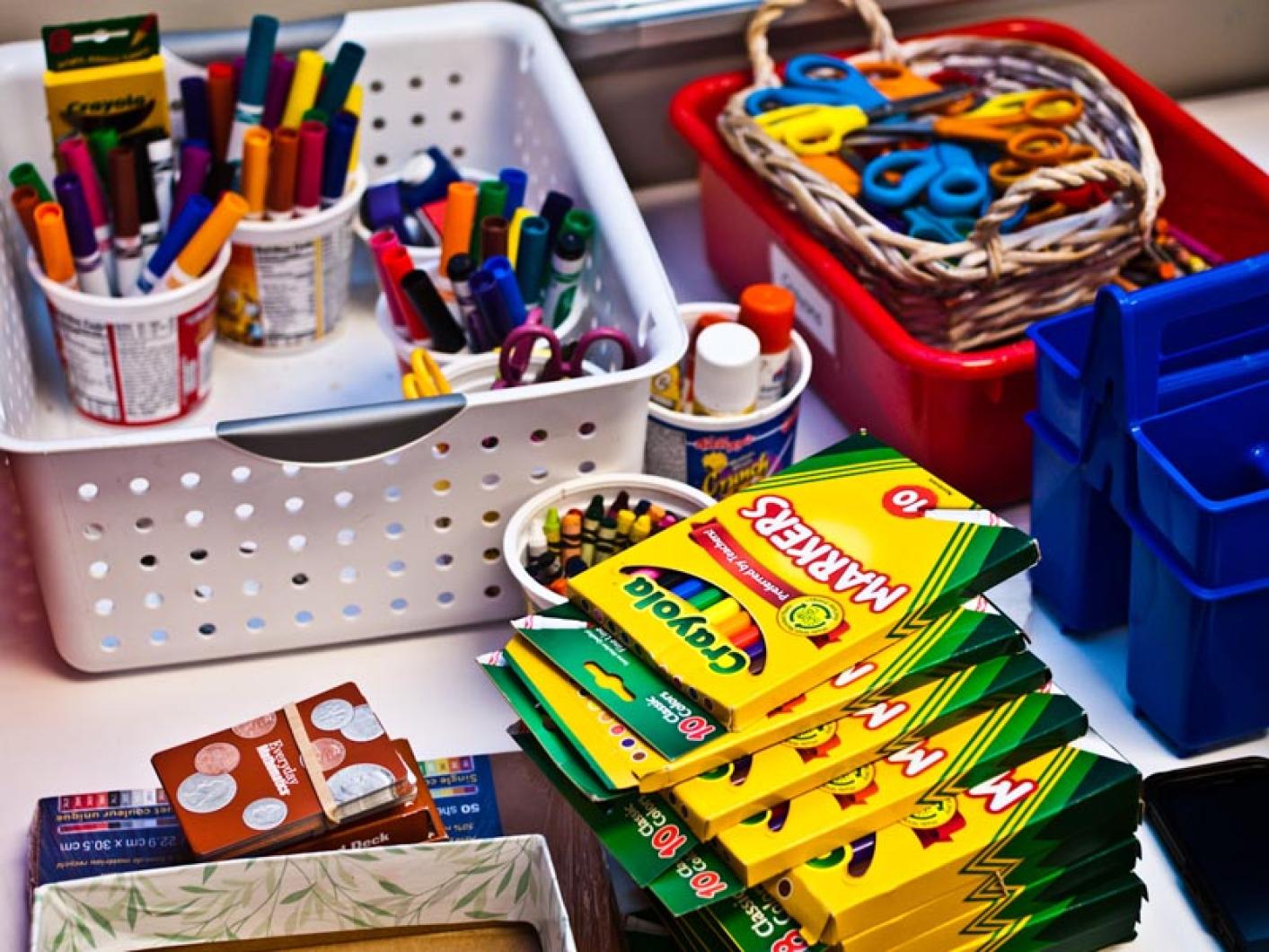On the first day of school, everyone nurses a secret hope that this will be the best year ever, that learning will be effortless and fun, and so on. Maybe students can’t avoid that dream, but teachers will do better if they embrace failure, theirs and their students, because failure is the essential building block of success. Case in point: WD-40.
If you’re at all like me, you have at least one can of the stuff at home, because it works wonders. I believe science teachers — scratch that, all teachers — ought to have a large WD-40 poster on their classroom walls. Not to advertise the product but to teach a basic lesson about learning: failure is an essential part of succeeding.
You may know the story of WD-40. More than 60 years ago the three employees of the San Diego-based Rocket Chemical Company were trying to develop a product that would prevent rust, something they could market to the aerospace industry. They tried, and, being methodical, they kept careful records. They labeled their first effort Water Displacement #1, or WD-1. Their second attempt was, of course, WD-2, followed by WD-3.
I’ll bet you have figured out how many times they failed before they were successful. Students need to know that adults try and fail and fail and fail — and keep on trying. More than that, they need to experience failure. This is not an original thought, of course. Albert Einstein said, “Any person who has not failed has never tried anything new.”
And from Thomas Edison, “I have not failed, I’ve just found 10,000 ways that won’t work.”
Or as Winston Churchill noted, “Success is failing again and again without losing enthusiasm.”
And Michael Jordan, perhaps the greatest basketball player of all time, often told kids that the key to success is failure. “I have missed more than 9,000 shots in my career. I have lost almost 300 games. On 26 occasions I have been entrusted to take the game winning shot, and I missed. I have failed over and over and over again in my life. And that is why I succeed.”
Like the engineers who developed WD-40, kids may learn more from failing together than from falling short on their own. While I am a big fan of both project-based learning and blended learning, I believe the most critical piece of the pedagogical puzzle is what we ought to call ‘Problem-based learning.’ However, projects where the teachers already know the outcome won’t work, especially with older students. Teachers must be exploring and learning as well. Give students problems to tackle–and make the problems real! Lord knows we have plenty of problems worth tackling that can be given to students. They cannot be either intractable (how can we achieve peace in the Middle East?) or trivial and uninteresting (what color should classrooms be painted?)
A pedagogy based on discovery flies in the face of what seems to be happening in too many classrooms and schools, where the emphasis seems to be on ‘critical analysis’ to get the predetermined answers. Some years back I interviewed a math teacher in Richmond, Virginia, who told me how he used to take his students down to the James River and challenge them to determine how far it was to the opposite shore. He didn’t give them a formula, just the challenge. Then they put their heads together and, he said, eventually worked it out. Lots of failure . . . and lots of genuine discovery. Sadly, he said, the new state-mandated curriculum doesn’t allow time for field trips and discovery. Now, he said, he has to give his students the formula and a bunch of problems to solve.
Which group of students is more likely to retain that information, the ones who were spoon-fed the formula, or the ones who worked it out through trial and error?
Here’s a genuine problem-based project that’s easy to incorporate into the curriculum. Equip every third grade class in the city, region or state with an air quality indicator, which can cost as little as $40. Have students go outside and take the measurements four or five times a day. Then they plot the data and share it with other third graders across the state. Look for differences. Take photos to see if the measurements correlate with cloud patterns. Figure out the possible causes. Study weather patterns. Bring in scientists and meteorologists (via Skype) and ask them questions. Students will struggle, falter, fail and learn from each other and from their failures. When they write up their findings, they must include everything that they could not explain, their failures and their as-yet-unanswered questions.
We have become accustomed to thinking of teachers as the “workers,” and educated students as their “product.” This approach turns that model on its head, because in these situations the kids are doing the work, not their teachers, and they are producing new knowledge (air quality across the area). That’s real work, something those third graders won’t forget doing. And, while they may not be aware of it, they’re also developing a skill set that will serve them well as adults.
Oh, and those kids will probably do just fine on whatever standardized tests the system throws their way.
John Merrow is a resident of Edgartown. He spent 41 years reporting about education for the PBS NewsHour and NPR. This excerpt originally appeared in Addicted to Reform: A 12-Step Program to Rescue Public Education by John Merrow, published by The New Press. Reprinted here with permission.




Comments
Comment policy »